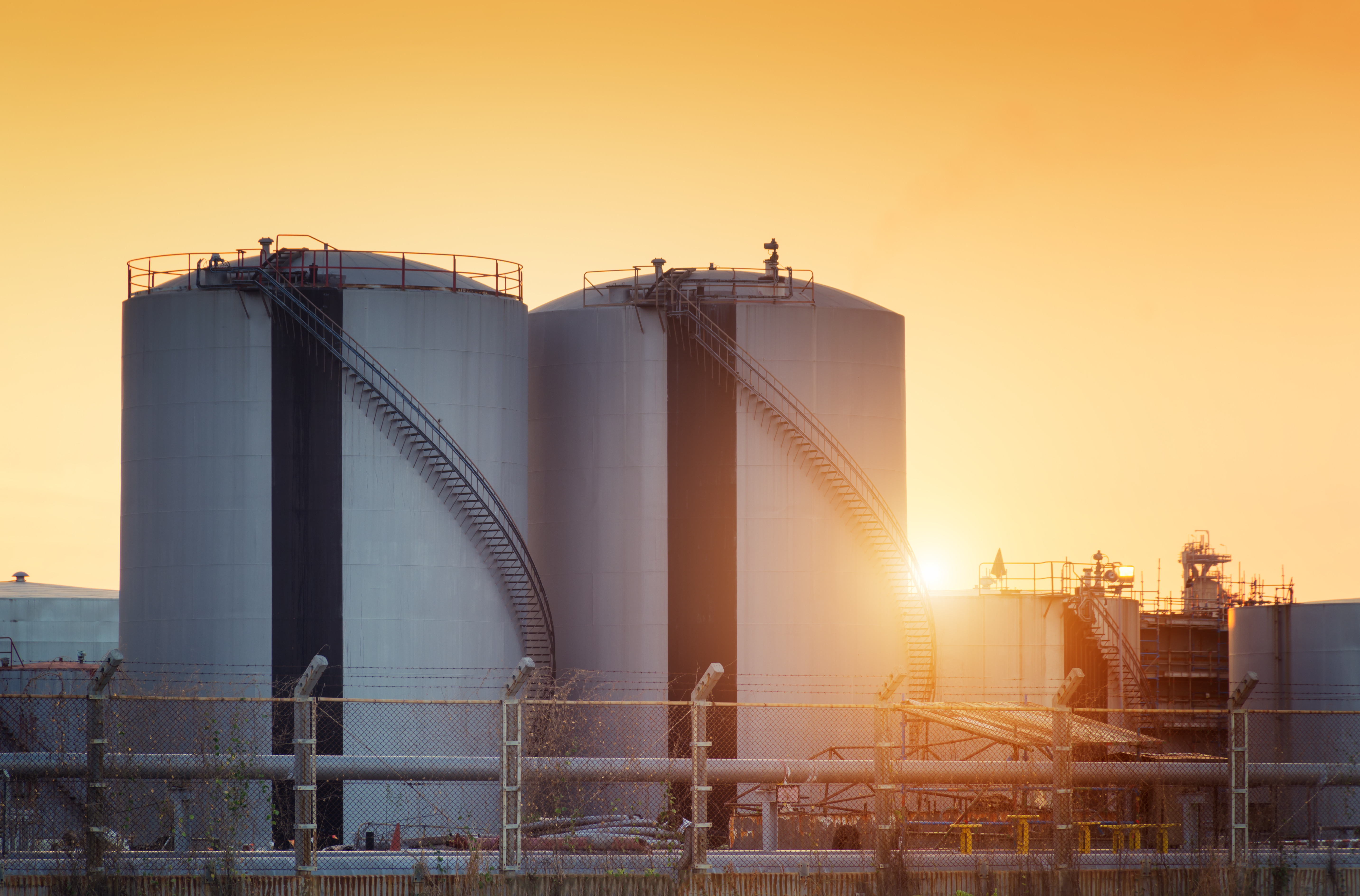



The United States Environmental Protection Agency (EPA) rule 40 CFR Part 60 Subpart OOOO, known as “Quad-O”, is designed to greatly reduce harmful emissions from the production, transmission, and distribution of crude oil and natural gas.
Originally Quad O regulated only volatile organic compounds (VOCs) and sulfur dioxide (SO2) emissions, but Quad Oa was later added to regulate greenhouse gas emissions, specifically methane. More recently, OOOOb and OOOOc updates were added and the rules were finalized so that new/modified sources must meet the latest environmental regulations as of May 2024.
Part of Quad O seeks to limit the flaring of methane and other harmful gases. Instead of flaring, which burns the gas to break it down into less harmful constituents, Quad O encourages affected operators to capture methane and either store it to use as fuel on-site or sell it as a fuel product.
For safety reasons, however, flares can’t be eliminated entirely and now Quad O compliance requires flares to burn off at least 95% of the methane. This means flares must be made much more efficient than those in the past.
To learn more, check out our article, Unpacking Quad O’s Impact on Flare Gas Monitoring.
Unlike flares, vent gas is gas that is released from oil and gas operations facilities without being burned. Vent gas emissions may occur due to equipment leaks or poor maintenance.
In this blog post, we will focus on the ways that Quad O regulations affect vent gas emissions from storage battery operations and how gas flow meters can help operators monitor and reduce these emissions.
The most recent Quad O vent gas regulations are found in the OOOOb and OOOOc updates. OOOOb imposes a limit on vent gas emissions from storage tank batteries at 6 tons per year (tpy) of VOCs and 20 tpy of methane. These new limits apply to both single storage vessels, as well as to storage tank batteries, which are groups of tanks connected together.
The Quad O emission standards specify that storage tank batteries must now be equipped with closed vent systems that capture and route any emissions either to a process or a control device, such as a flare or a vapor recovery unit (VRU). In any case, storage tank batteries that exceed the new limits must reduce emissions by 95 percent.
Tracking the source of vent gas can be tricky, but in the case of tank batteries, it is mainly the result of poor maintenance that lead to leaks.
Vent gas emissions reduction can be achieved in several ways:
Monitoring for leaks and sealing them
Performance testing
Routine maintenance
Creating closed-loop systems
Upgrading equipment
In addition to keeping on top of maintenance, monitoring vent gas flow is important for record-keeping to ensure compliance.
Gas venting events tend to occur in very small quantities, so gas flow monitoring instrumentation for this application must be designed for low-flow sensitivity.
Thermal mass flow meters provide a direct reading of mass flow rate without requiring additional pressure and temperature instrumentation, making them ideal for measuring a wide range of flow rates in oil & gas operations such as hydraulic fracturing and tank vents.
For these applications, Fox Thermal vent gas flow meters feature its DDC-Sensor™ state-of-the-art digital sensor technology which allows advanced features, such as Gas-SelectX® and CAL-V™ Calibration Validation to be programmed into the meter.
With Gas-SelectX® the meter is calibrated on a single gas in the factory. Then once installed onsite, the user can program the specific gas composition into the meter using the Gas-SelectX® gas menu(s) for more accurate gas flow measurement.
While vent gas is primarily methane, there may be other constituent gases in the vent gas mix. Fox Thermal mass flow meter models FT4A and FT4X are specifically designed for the oil and natural gas industry, so the Gas-SelectX® on these two models includes a separate Oil & Gas menu.
Another useful feature on the FT4A and FT4X models is CAL-V™, which allows the user to verify with a simple test in the field that the flow meter maintains its NIST-traceable factory calibration.
Additionally, the FT4X is equipped with an advanced data logger with several logs for record-keeping with a 7-year history that is especially useful for ensuring compliance with Quad-O vent gas limits.
Fox Thermal’s highly accurate vent gas flow meters can monitor the flow of gas to provide an accurate accounting of gas flow for leak detection and repair, as well as for accurate reporting to demonstrate compliance.
Our flow meters can not only help you meet the EPA's Quad O vent gas requirements but can also help improve the safety of your operation, reduce your impact on the environment, and save on fines and wasted resources.
Contact the vent gas monitoring experts at Fox Thermal today or click below to learn more about our solutions.